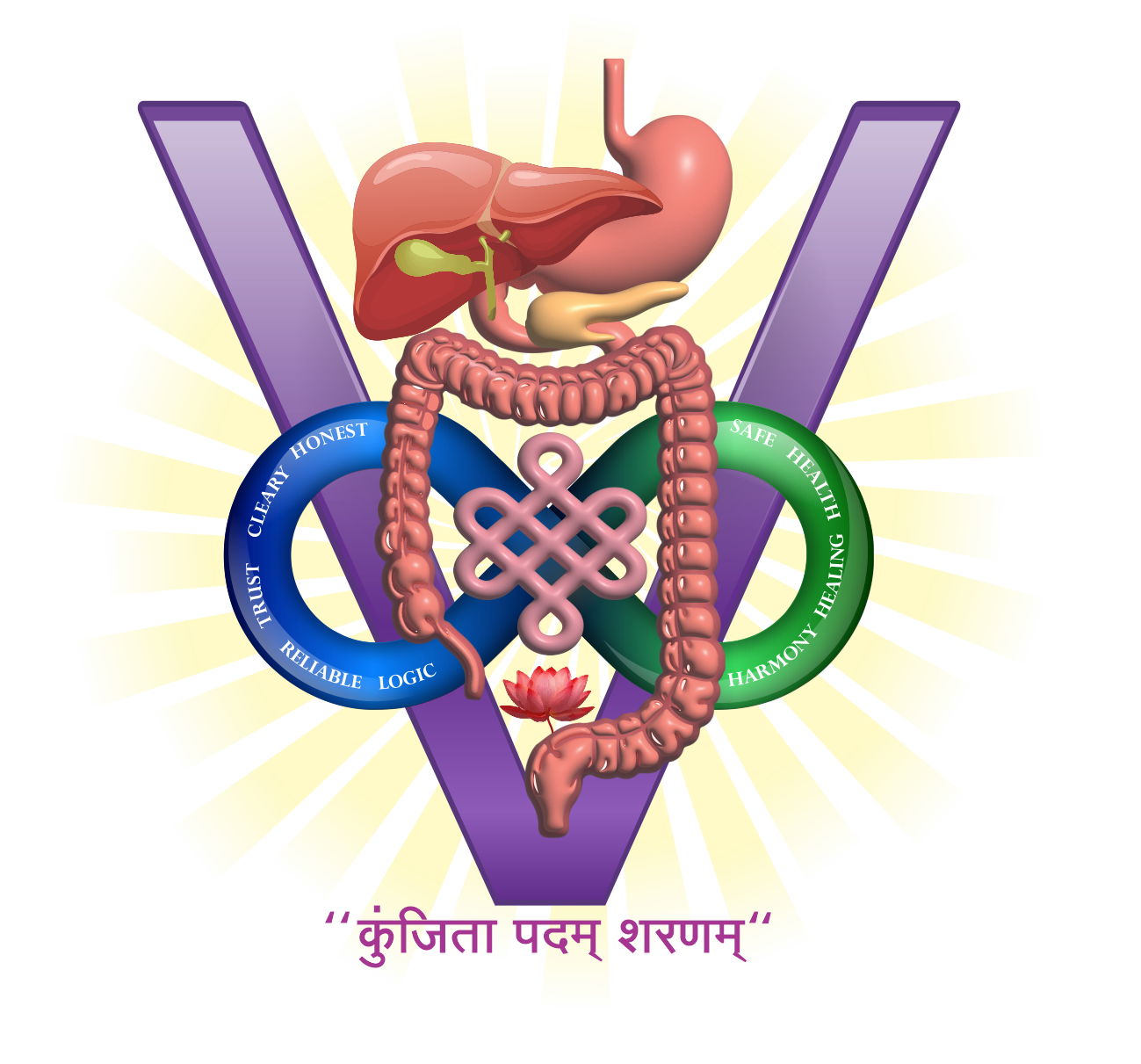ENDOSCOPY
Endoscopy in PCMC by - Dr. Prakash D Valse
An endoscopy is a test to look inside your body. A long, thin tube with a small camera inside, called an endoscope, is passed into your body through a natural opening such as your mouth. Your GP may refer you for an endoscopy if you’re having certain symptoms. It will usually be done at an data-segment-endoscopy hospital. Dr. Prakesh valse provides Endoscopy in PCMC.
Endoscopies are minimally invasive and involve openings of the body such as the mouth or anus.
Alternatively, they can be inserted into small incisions, for instance, in the knee or abdomen. Surgery completed through a small incision and assisted with special instruments, such as the endoscope, is called keyhole surgery.
Because modern endoscopy has relatively few risks, delivers detailed images, and is quick to carry out, it has proven incredibly useful in many areas of medicine. Today, an estimated endoscopies are carried out each year in the United States.
In this article, we will explain some of the types of endoscopy, why and how they are performed, the general procedure, and any potential risks.

Types Of Endoscopy
- Gastrointestinal tract: esophagus, stomach, and duodenum (esophagogastroduodenoscopy), small intestine (enteroscopy), large intestine/colon .medicalnewstoday colonoscopy, sigmoidoscopy), bile duct, rectum (rectoscopy), and anus (anoscopy)
- Respiratory tract: nose (rhinoscopy), lower respiratory tract (bronchoscopy)
- Ear: otoscopy
- Urinary tract:

